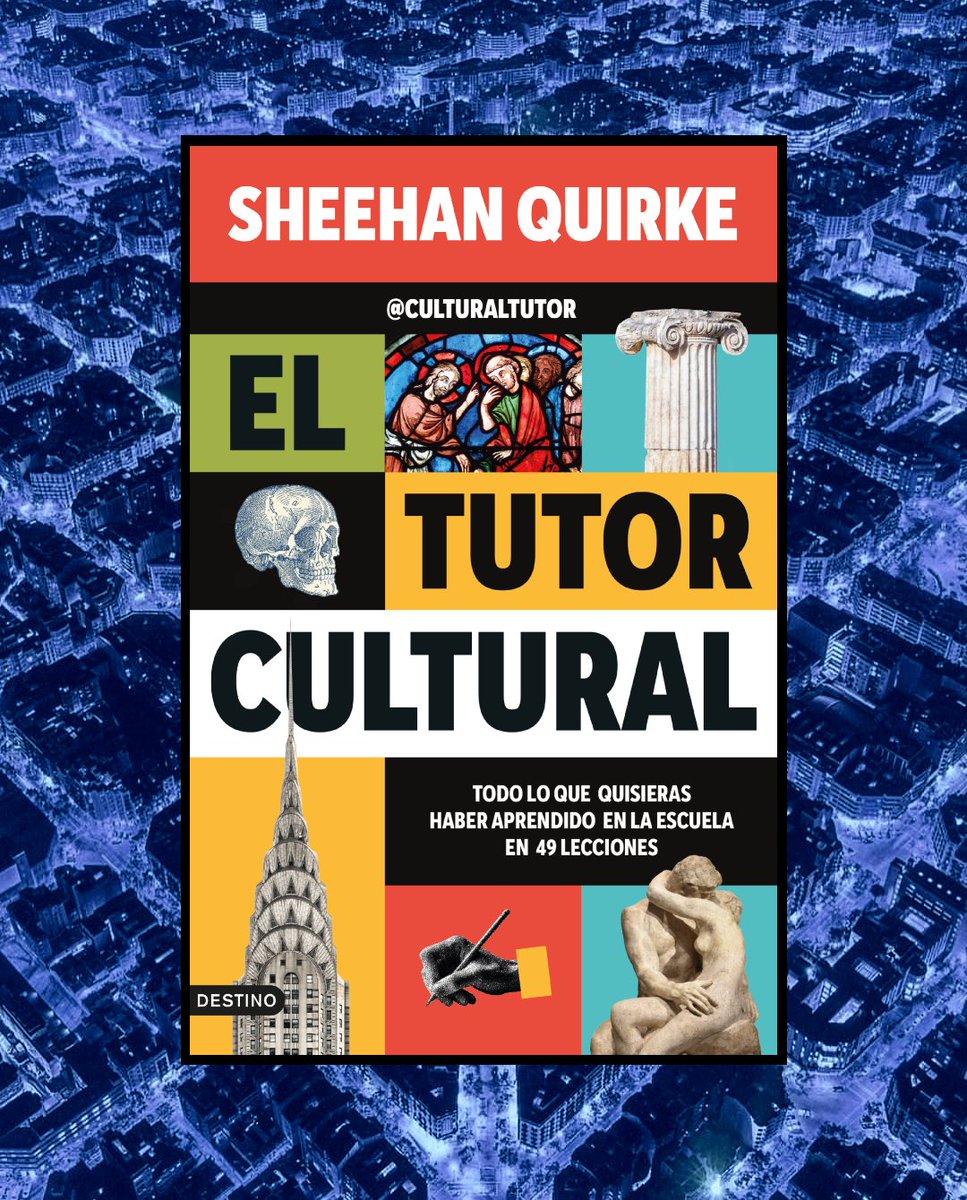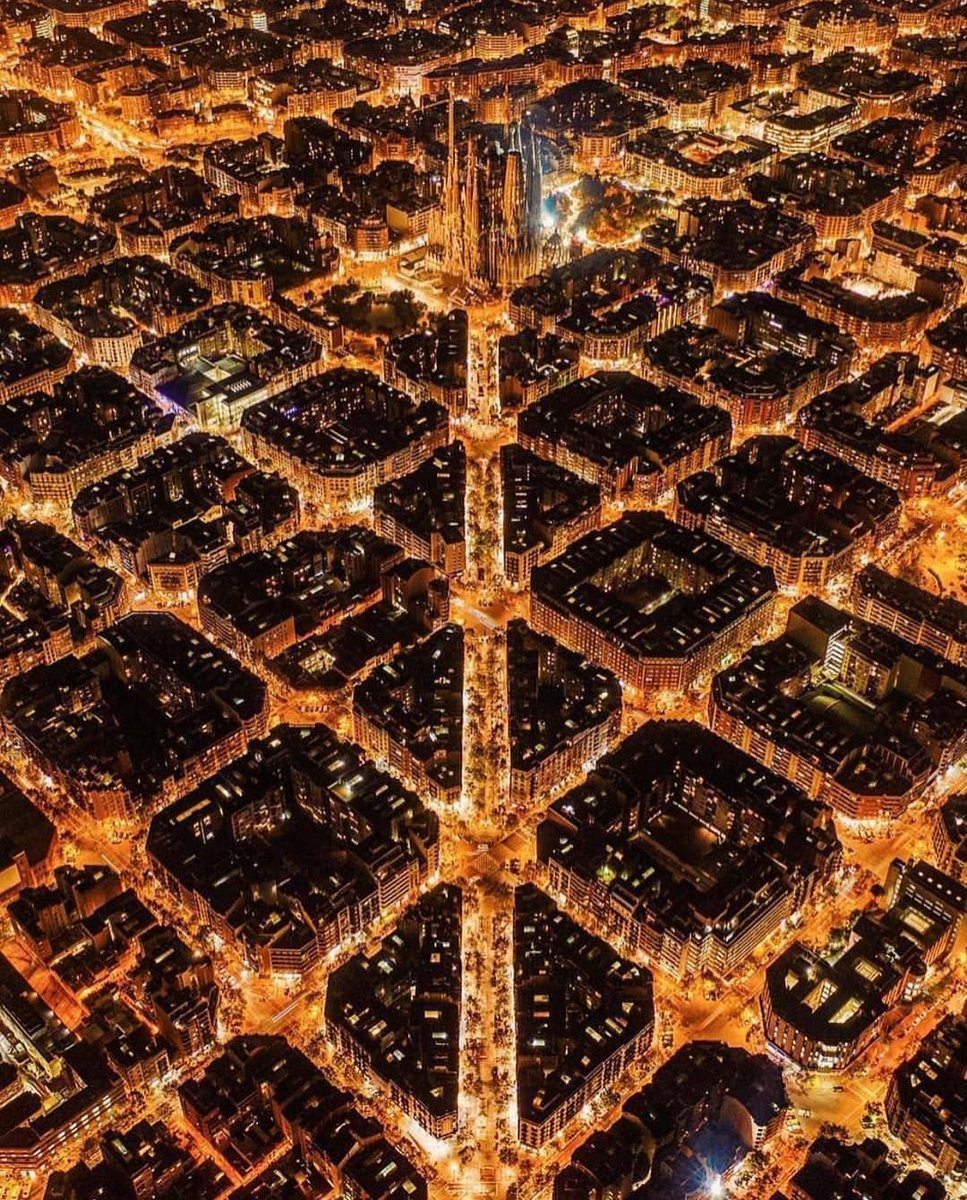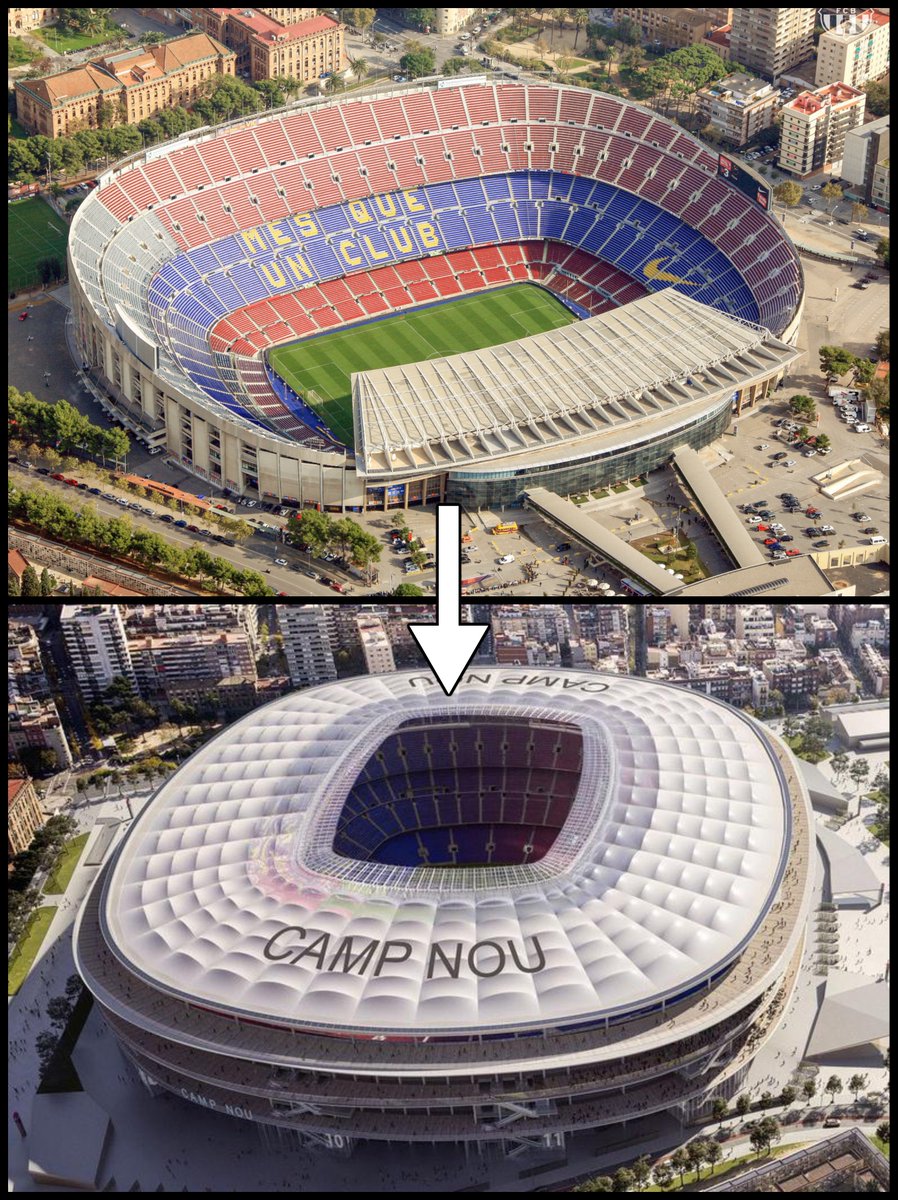What would you add to this list?
This is the kind of thing I like to share in my free weekly newsletter, Areopagus.
Seven short lessons every Friday, including one about architecture.
Making your week more interesting, useful, and beautiful.
culturaltutor.com/areopagus
Seven short lessons every Friday, including one about architecture.
Making your week more interesting, useful, and beautiful.
culturaltutor.com/areopagus
• • •
Missing some Tweet in this thread? You can try to
force a refresh






































